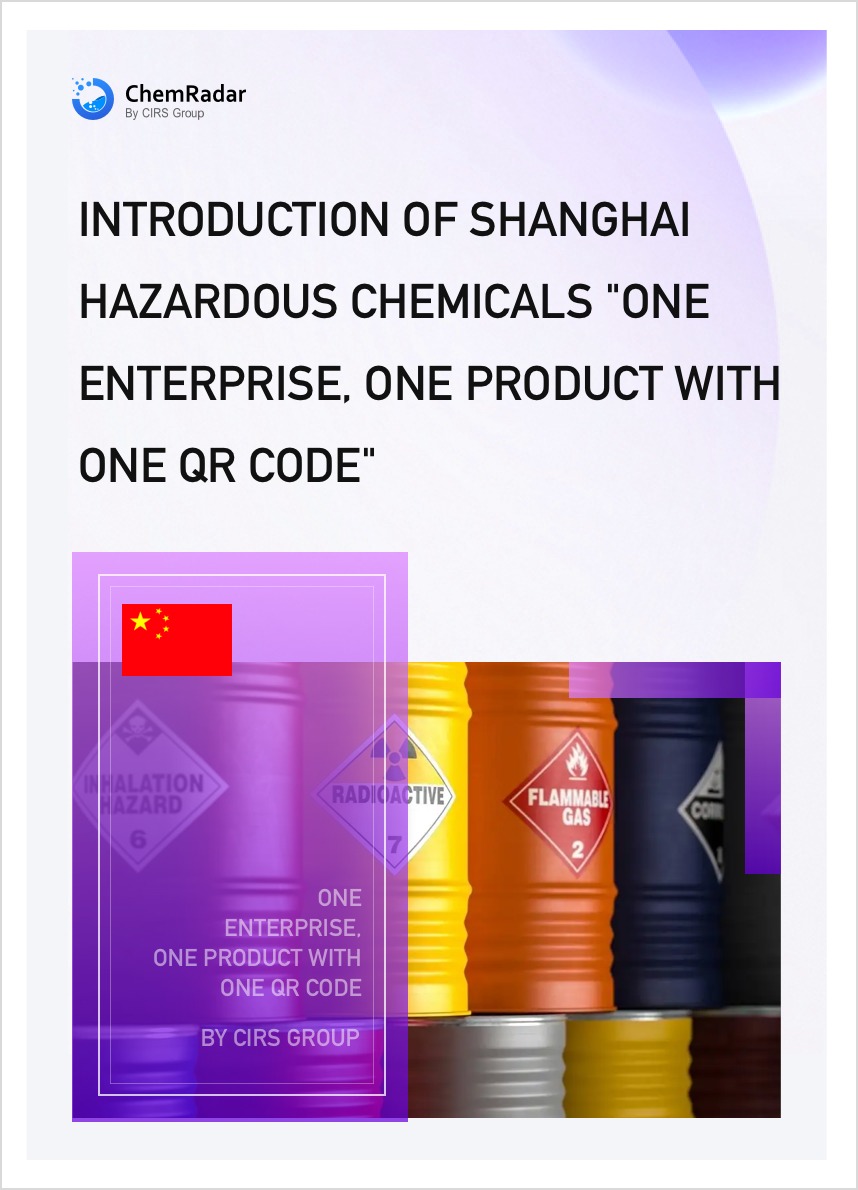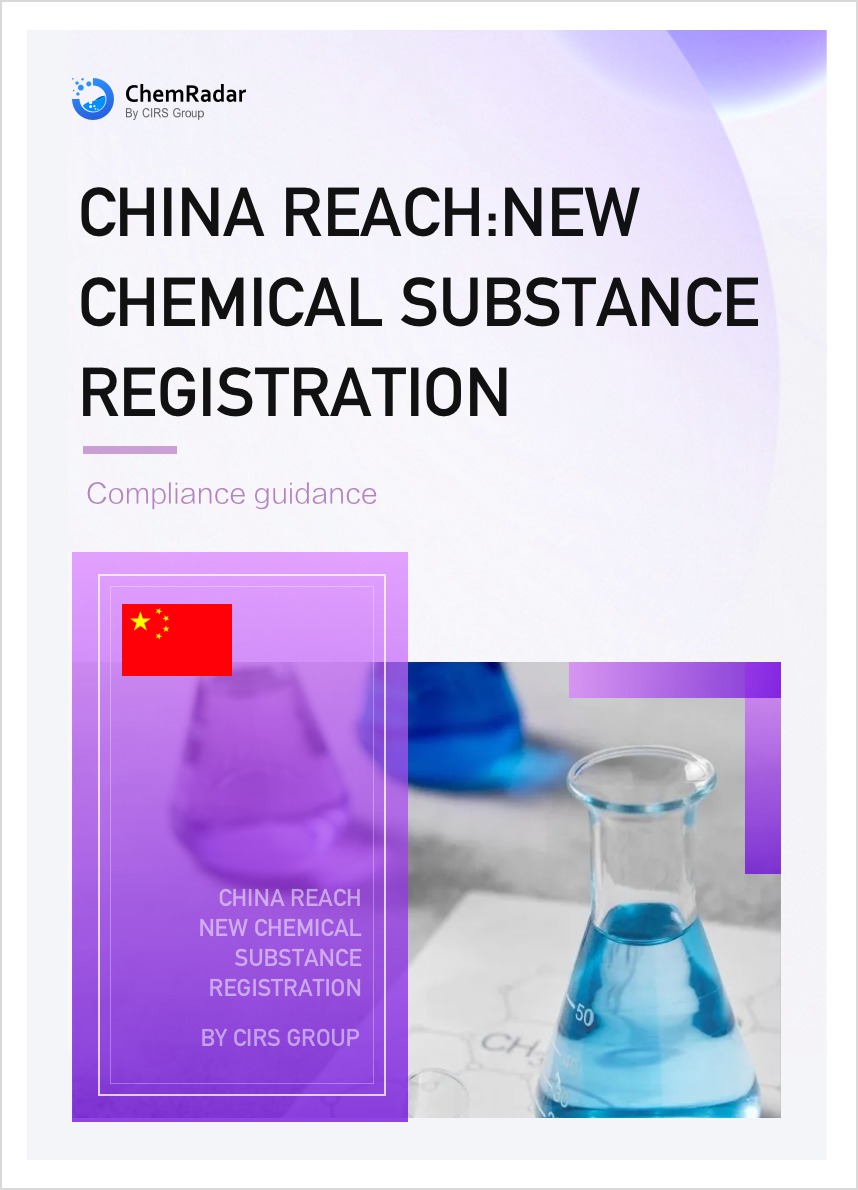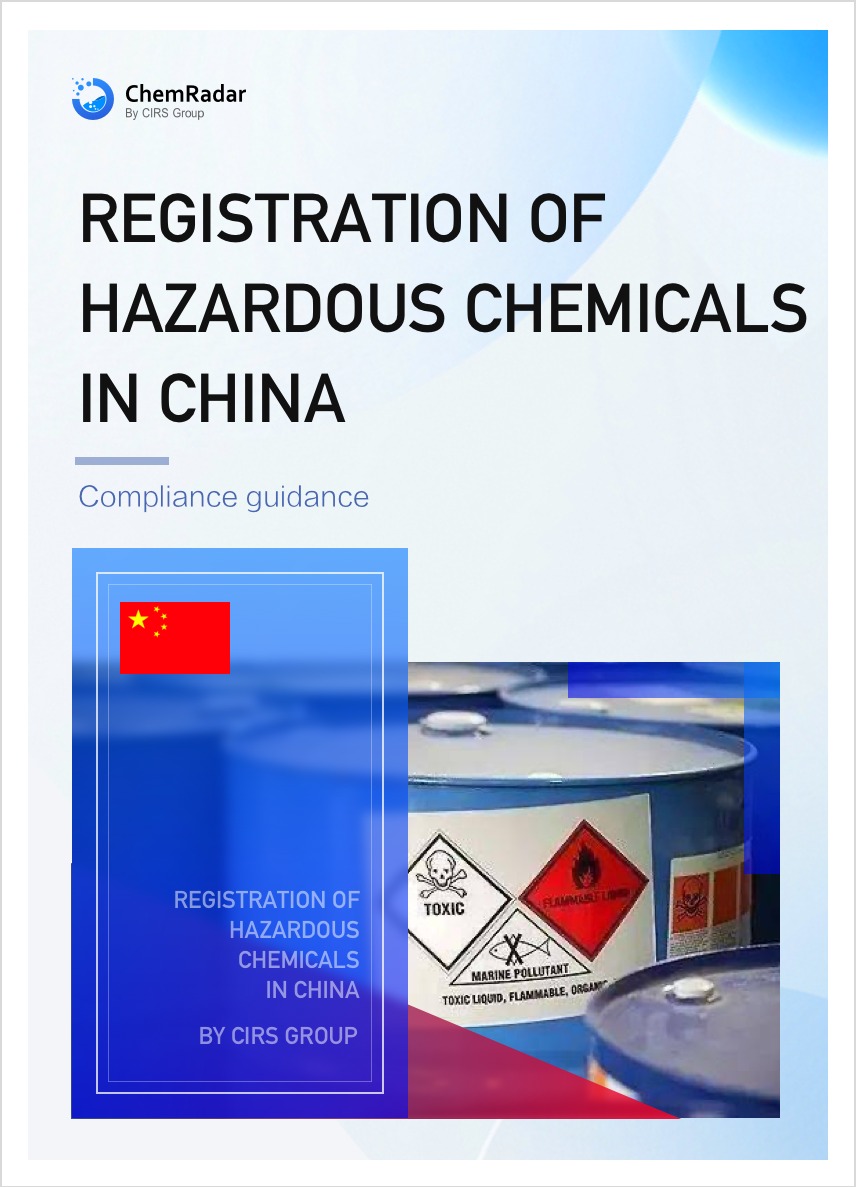On March 27, 2025, China’s National Health Commission (NHC) officially issued 50 new national food safety standards, with six standards related to food contact materials (FCM) drawing significant industry attention. The updates include one amendment to the Standards for the Use of Additives in Food Contact Materials and Products (GB 9685-2016) and five revised testing method standards under the GB 31604 series. These changes aim to strengthen the safety management of FCMs and safeguard consumer health.
Transition Period
According to the announcement, the five GB 31604 testing method standards will take effect on September 16, 2025, allowing companies a six-month transition period for technical adjustments. The GB 9685-2016 amendment, however, takes immediate effect from its approval date (March 16, 2025), requiring immediate compliance from relevant enterprises.
Key Revisions to GB 9685
The amendment emphasizes scientific rigor and standardization in additive use, with major updates including:
- Expanded Application Scope: Additives permitted for rubber under GB 9685-2008 may now also be used in silicone rubber production.
- Clarified Standard References: Clause A.13 (b) specifies the use of the 2014 edition of GB 2760.
- Adjusted Usage Limits: The maximum usage limit for FCA 1221 oxidized starch (CAS 221897-48-9) is revised to "as needed," while sodium hypochlorite in dry starch must not exceed 55g per kilogram (calculated as chlorine).
- Updated Additive Names: Revised Chinese nomenclature for certain additives.
- Modified Specific Additive Requirements: Adjustments to usage scopes and limits, such as for C.I. Pigment Blue 15 (FCA0470).
- Revised Limit Indicators: Updates for additives including trimellitic anhydride, 4,4'-methylenedianiline, 2-ethylhexanol, and trimethylolpropane.
- New Appendix B Entries: Added three calculation methods for limits based on eugenol, 1,3-phenylenedimethylamine,and crotonic acid.
- Appendix D Abbreviation Clarification: Polyvinyl alcohol is now abbreviated as PVA or PVOH.
Updates to GB 31604 Testing Methods
- Optimized pretreatment for food simulants with high ethanol content (≥50%) and added migration testing for phthalates in lipid-based simulants.
- Introduced methods for measuring content and migration of 1,1-dichloroethylene and 1,1-dichloroethane.
- First-time establishment of migration and release testing methods for nitrosamines in rubber products.
- Added methods for 2,2,4,4-tetramethyl-1,3-cyclobutanediol, 4,4'-biphenol, and 1,1'-sulfonylbis(4-chlorobenzene).
Standard Document Access
All new standards are publicly available on the National Food Safety Standard Data Retrieval Platform (sppt.cfsa.net.cn:8086). Relevant companies are advised to access the platform for official texts and implementation details.
Further Information





